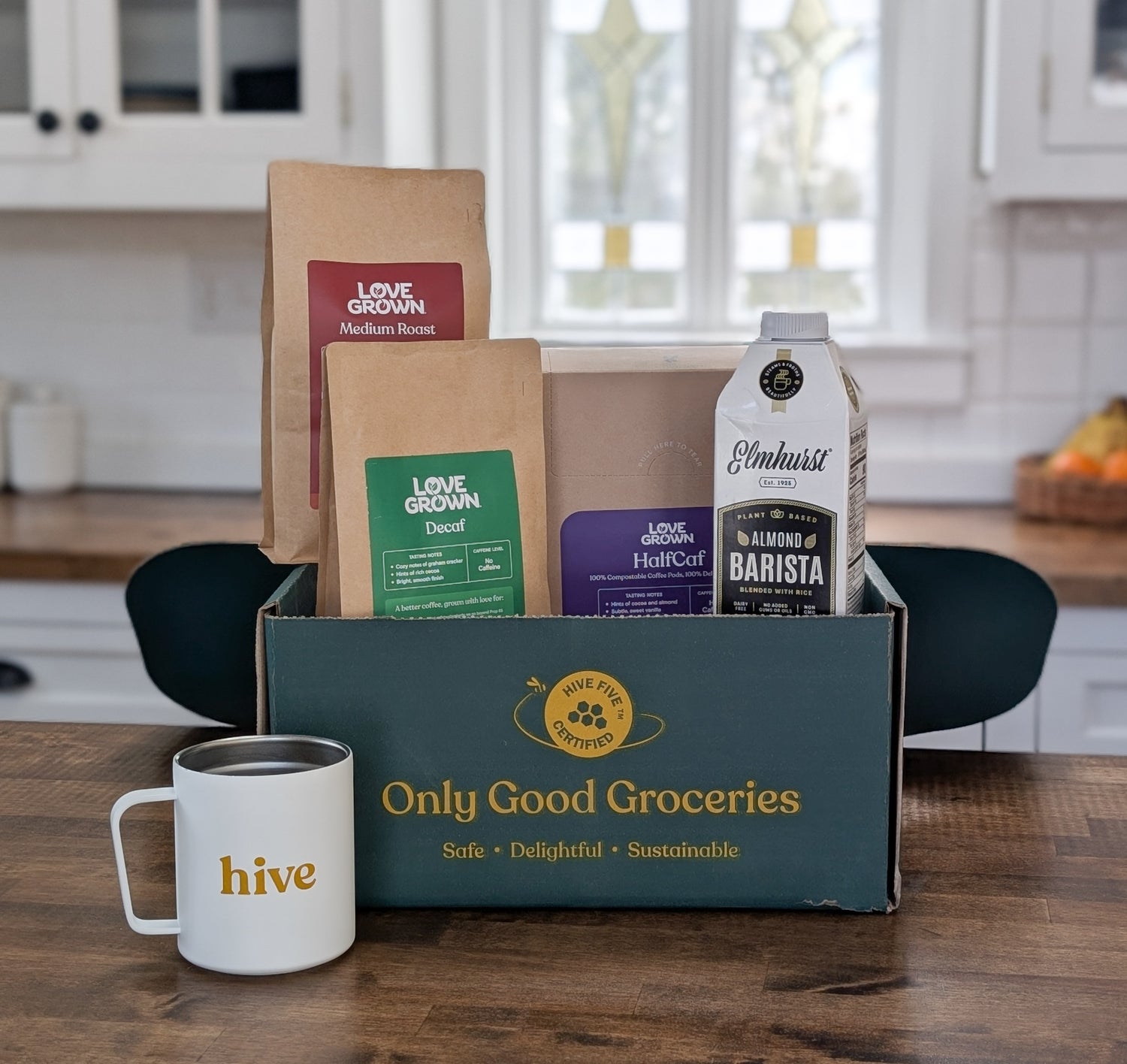Pop quiz: What even is a carbon footprint?
Humans are professional CO2 producers. It’s literally built into our DNA. However, we’ve taken it a bit too far over the past century, and we’ve brought other greenhouse gases, like methane, along with us. So, how do we make sure we’re not collectively emitting more than the Earth can handle? A good first step is measuring our emissions, which means understanding where they’re coming from. Up to one third of all emissions comes from the modern food industry, and everyone who grows, makes, sells, eats, or discards food plays a part (though some parts are larger than others).
Direct vs. indirect emissions
At the industry level, there are two broad categories of culprits: direct and indirect emissions. Gases that companies directly put into the atmosphere are known as direct (obviously) or scope 1 emissions. Think dirty smokestack plumes, as well as more insidious emissions like fuel exhaust from company-owned vehicles and leaky air conditioners and refrigerators.
Then, there are the emissions that companies indirectly rely on but don’t actually release themselves, which are divided into scope 2 and 3 emissions. Scope 2 emissions come from utility providers that companies use for their gas and electricity. Scope 3 is a catch-all category that covers emissions from both upstream activities, like farming and employee commutes, and downstream activities, like product shipments, product usage, and waste.
Putting the “low” in low carbon footprint
Companies can easily purchase carbon offsets to counterweight the carbon emissions from the activities mentioned above. But offsetting without also reducing emissions is like an apology without any self-reflection, with worldwide repercussions. That’s why the Climate Neutral certification is our gold standard for carbon accountability. To become certified, companies must not only measure and offset all three scopes of their emissions, they also need to reduce them as much as possible. Utilizing renewable energy, upcycled and locally sourced ingredients, and zero waste manufacturing practices are a few of the many ways companies can reduce their emissions.
Let’s get regenerative
Although food production is only the first step in the broader food industry, agriculture, when done well, can both reduce emissions upstream and sequester carbon produced downstream. It all boils down to the carbon cycle, which includes both CO2 and methane (CH4) and relies on healthy soil microorganisms and plants to function properly. Regenerative agricultural practices like cover cropping, rotational grazing, and low tillage improve soil health so that these microbes and mycorrhizal fungi can effectively break down and store carbon, among their many other benefits. We look to organizations like the Soil Health Institute and product-level certifications like Regenerative Organic Certified (ROC), Demeter Biodynamic, and Ecological Outcome Verified (EOV) to ensure the use of regenerative agricultural practices in our Regenerative Shop.
Many hands make lighter work
Climate change does not exist in a vacuum, and individuals can only do so much by themselves. That’s why we and our brand partners participate in collective action groups like OSC2’s Climate Collaborative, HowGood’s Regenerative Supply Working Group, and B Corp’s Net Zero 2030 Pledge to share solutions and support. At the national level, the U.S. government recently prioritized renewable energy big-time with the Inflation Reduction Act, putting us on the right track for the Paris Agreement’s emissions reduction goals. Next year’s 2023 Farm Bill will also provide the opportunity to further incentivize regenerative agriculture and good soil health.
In doing our part, Hive has been committed to offsetting every order and diverting waste through our TerraCycle program since day 1. We’re also proud to work with brands who are doing their part to Cut Down on Carbon through carbon offsets, emissions reductions, renewable energy use, and more.

